Thermal imaging has become an essential tool across many fields, yet the technology behind a thermal camera is often misunderstood. People encounter infrared imaging in everything from home inspections to rescue missions, but few know how these devices actually interpret heat. The following sections explain how a thermal camera captures temperature information and why this technology is widely adopted across different industries.

How a Thermal Camera Works
A thermal camera detects the heat energy that objects naturally emit. Anything above absolute zero releases infrared radiation, and the intensity of this radiation varies with temperature. To capture these differences, a thermal camera uses a microbolometer, an array made up of thousands of sensitive elements that respond to changes in infrared energy.
When infrared radiation reaches the microbolometer, each tiny sensor absorbs the energy and experiences a slight temperature increase. This temperature shift becomes an electrical signal, which the camera’s processor evaluates and strengthens. The system then assigns a temperature value to each point in the scene based on the strength of the signal.
These temperature readings are transformed into a colored image. A thermal camera typically displays warmer regions in tones such as red or yellow, while cooler surfaces take on colors like blue or green. The final image allows users to view heat patterns that are invisible to the naked eye, making it possible to identify temperature variations across objects or environments.
Because a thermal camera reads heat instead of visible light, it can reveal crucial information even in darkness or visually obstructed settings. This makes it especially valuable in fields where temperature plays a critical role.

Common Applications of Thermal Cameras and Infrared Imaging
A thermal camera and other infrared imaging tools are used in a wide range of professional environments. In low-light or nighttime conditions, infrared imaging supports law enforcement, military patrols, and general surveillance by improving visibility when conventional cameras fail.
Search and rescue teams depend on the ability to detect body heat, which helps locate missing individuals in forests, mountains, or disaster zones. In medicine, infrared imaging highlights temperature patterns that may indicate inflammation or circulatory issues.
Industrial plants use thermal cameras to monitor machinery, inspect manufacturing processes, and catch overheating components before damage occurs. In HVAC maintenance, these devices reveal insulation gaps, air leaks, and uneven heating or cooling. Farmers apply infrared imaging to assess crop conditions, detect irrigation problems, and spot early signs of pests. Wildlife specialists rely on heat-based imaging to observe animal behavior without disrupting natural habitats.


Conclusion
A thermal camera offers a unique way to visualize heat, providing insights that traditional visible-light cameras cannot match. By capturing temperature differences with precision, it has become an indispensable tool in safety, maintenance, medical assessment, agriculture, and environmental research. As thermal imaging continues to evolve, its usefulness across everyday and professional applications will only expand.


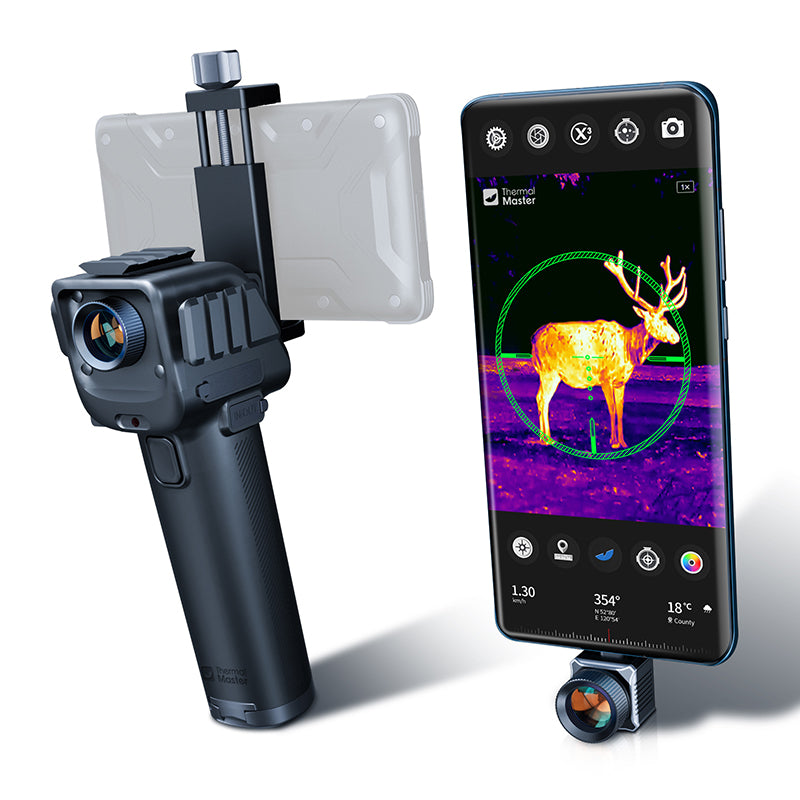
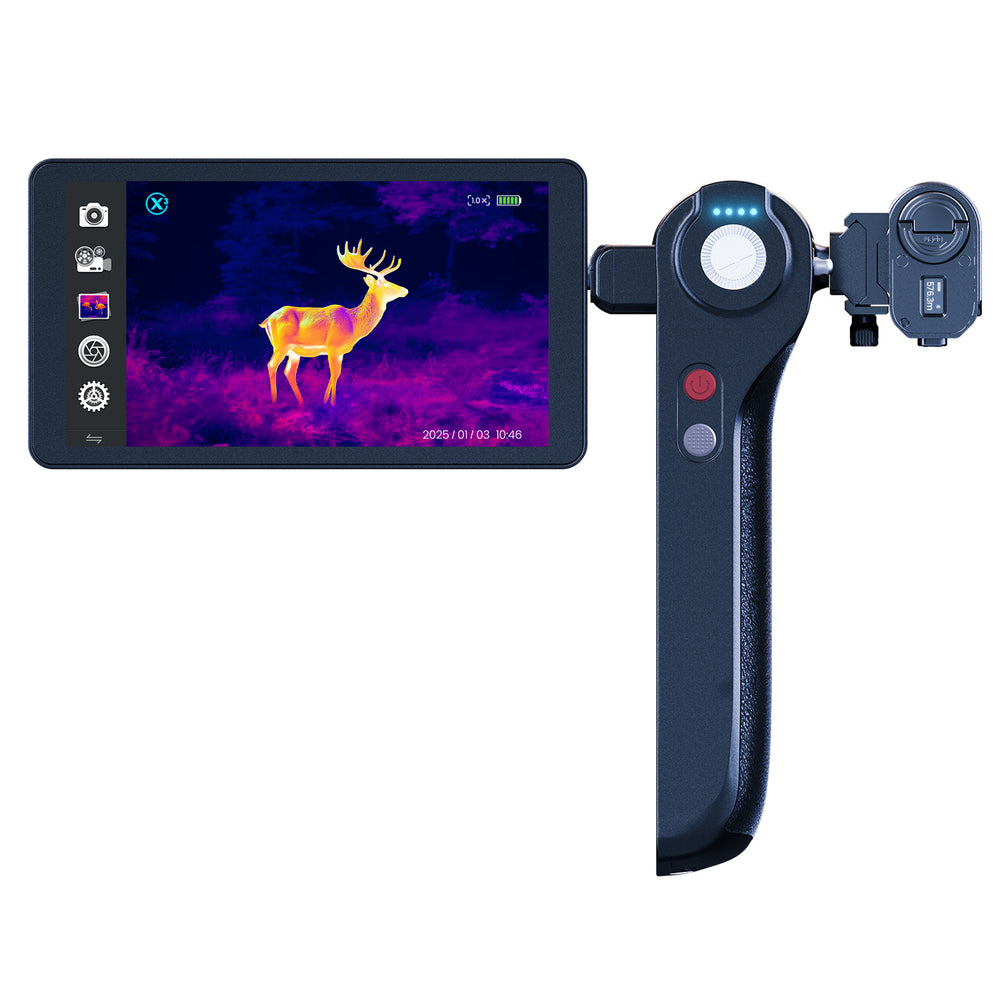

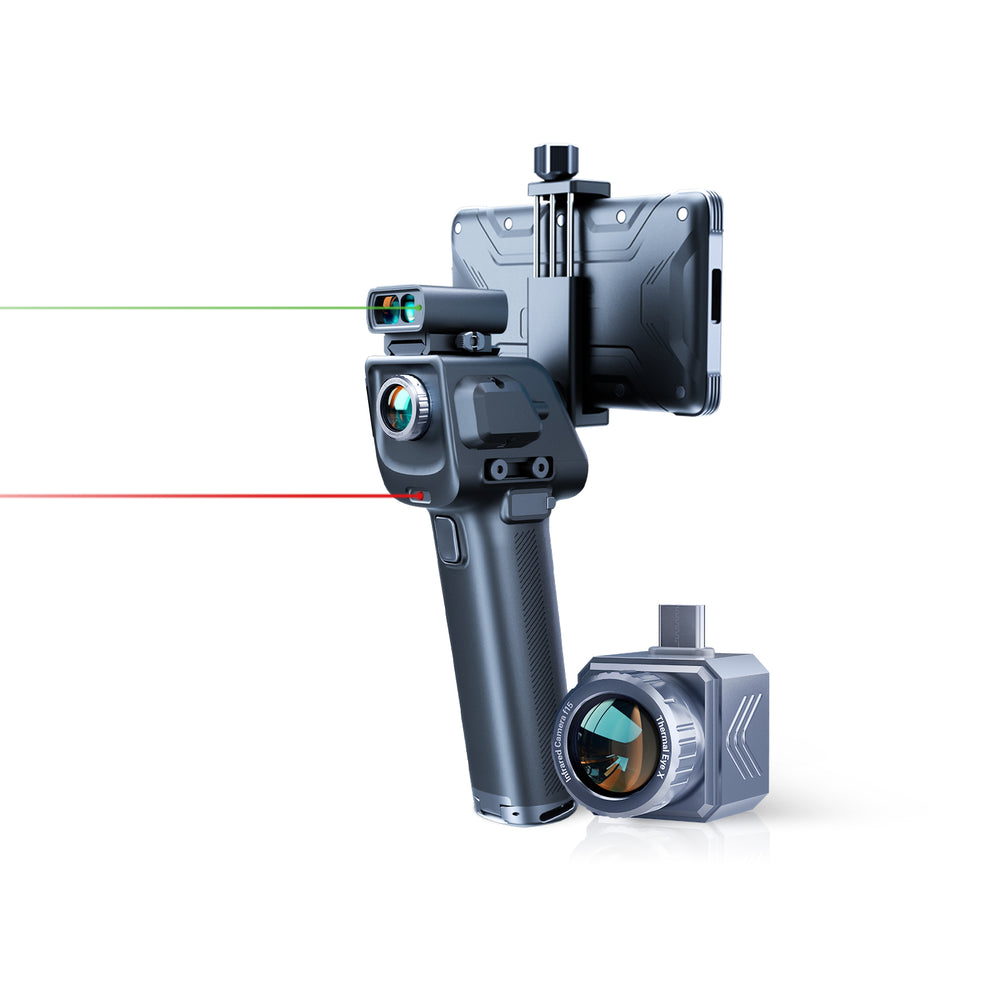
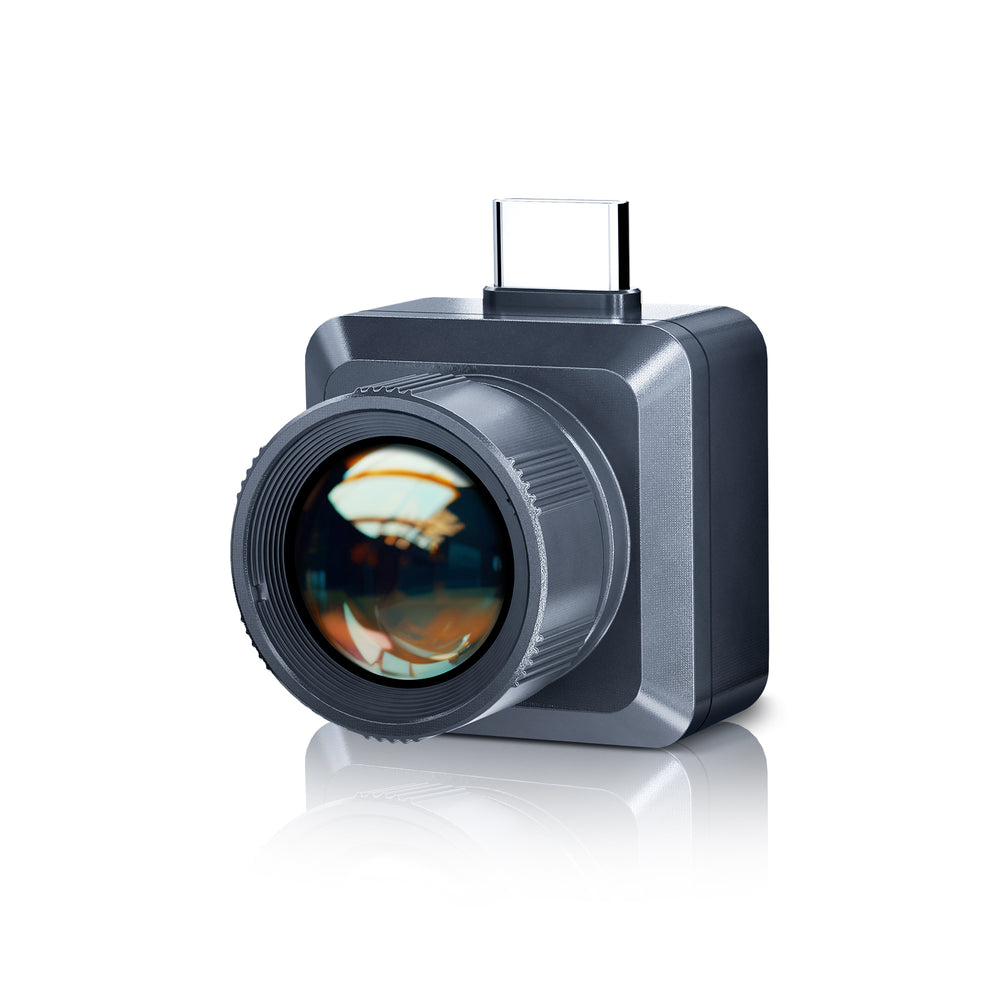

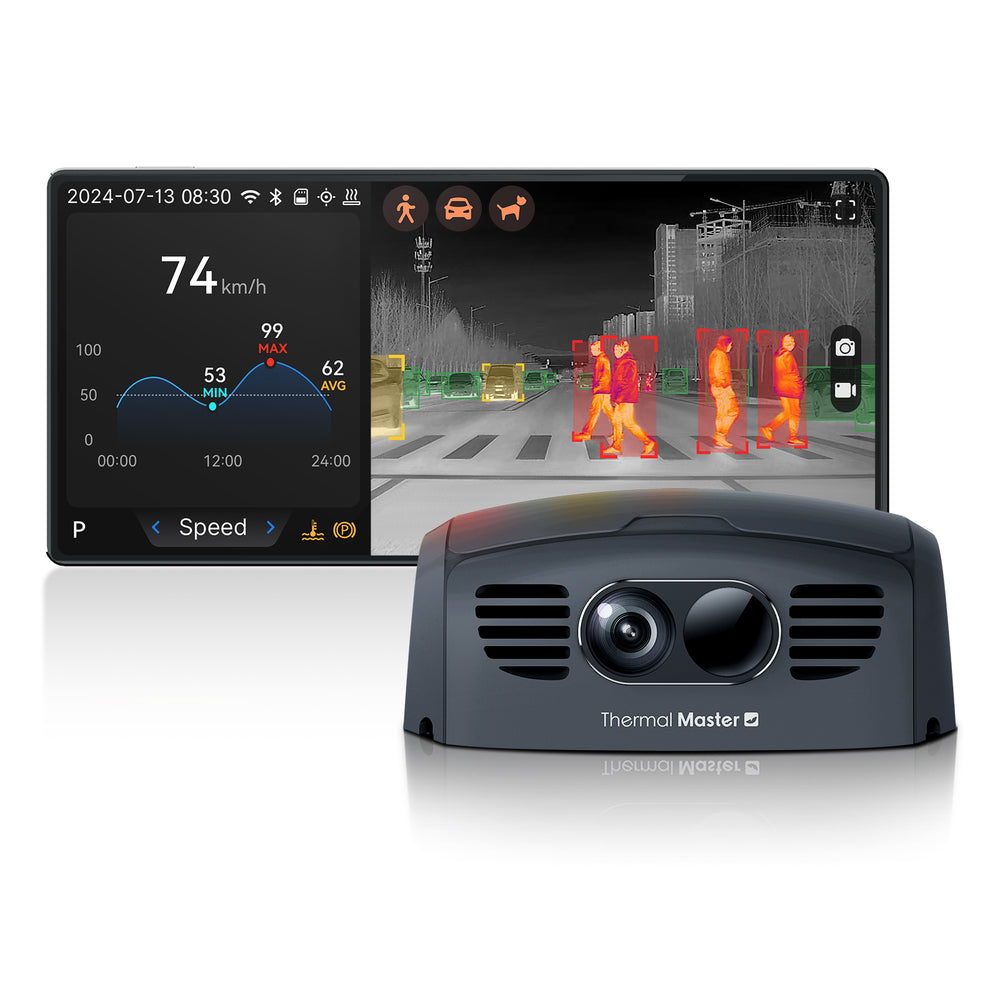
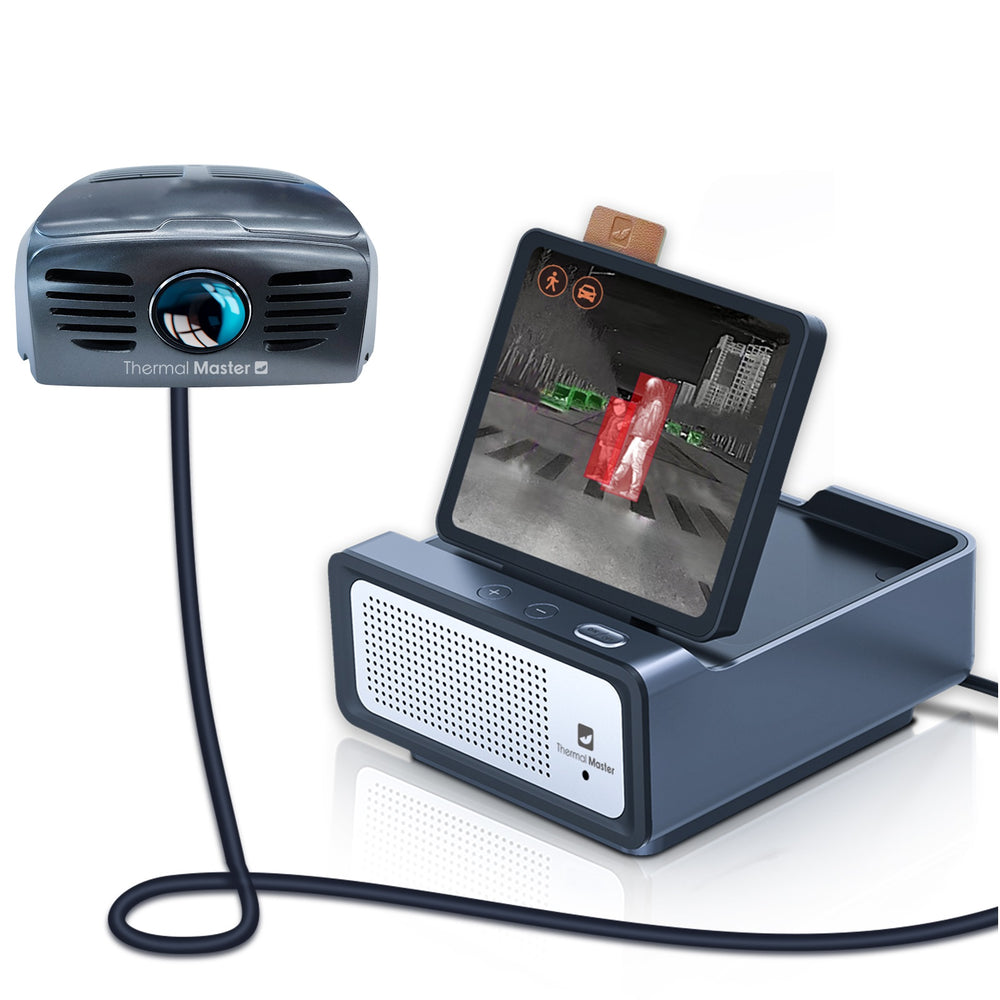
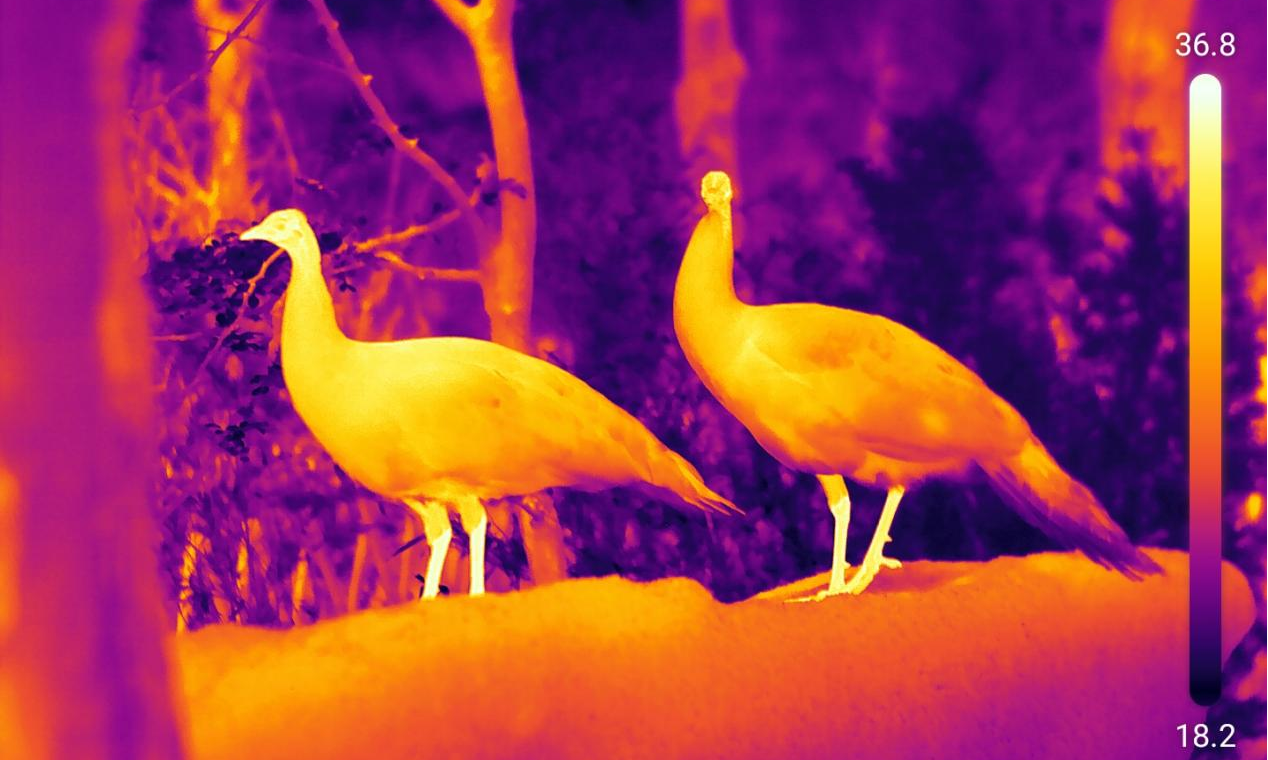
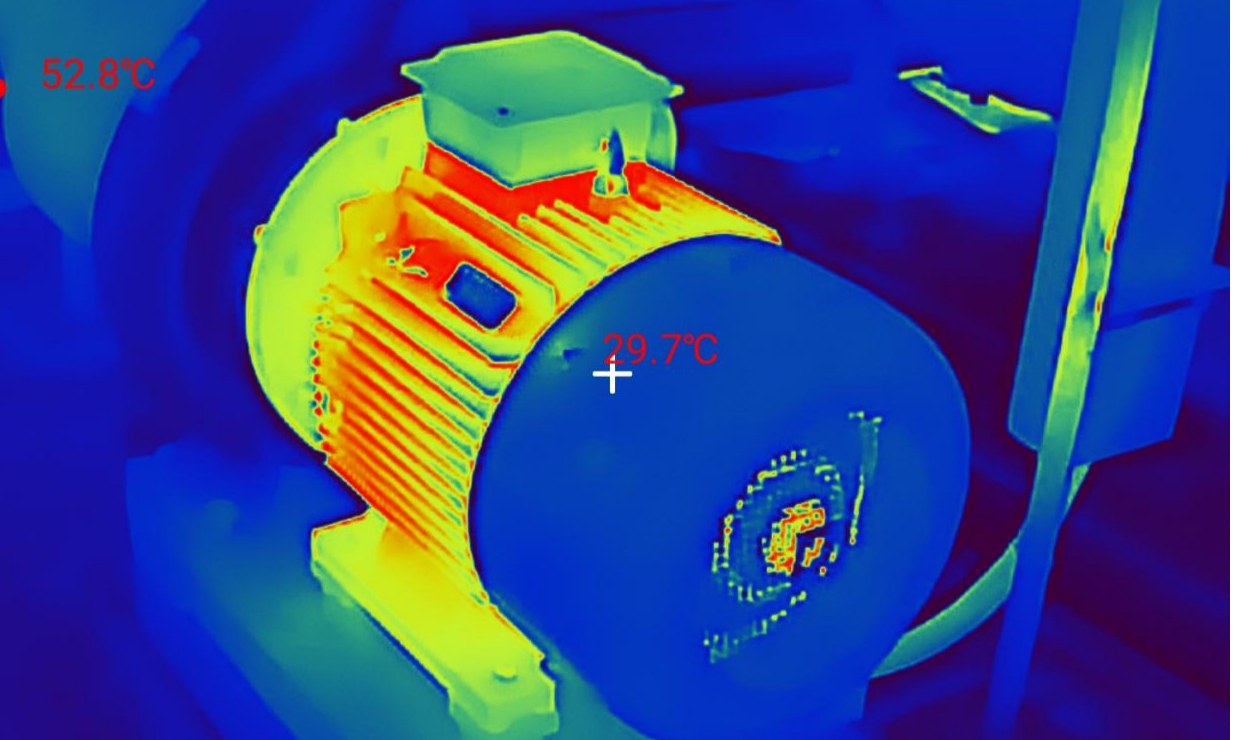
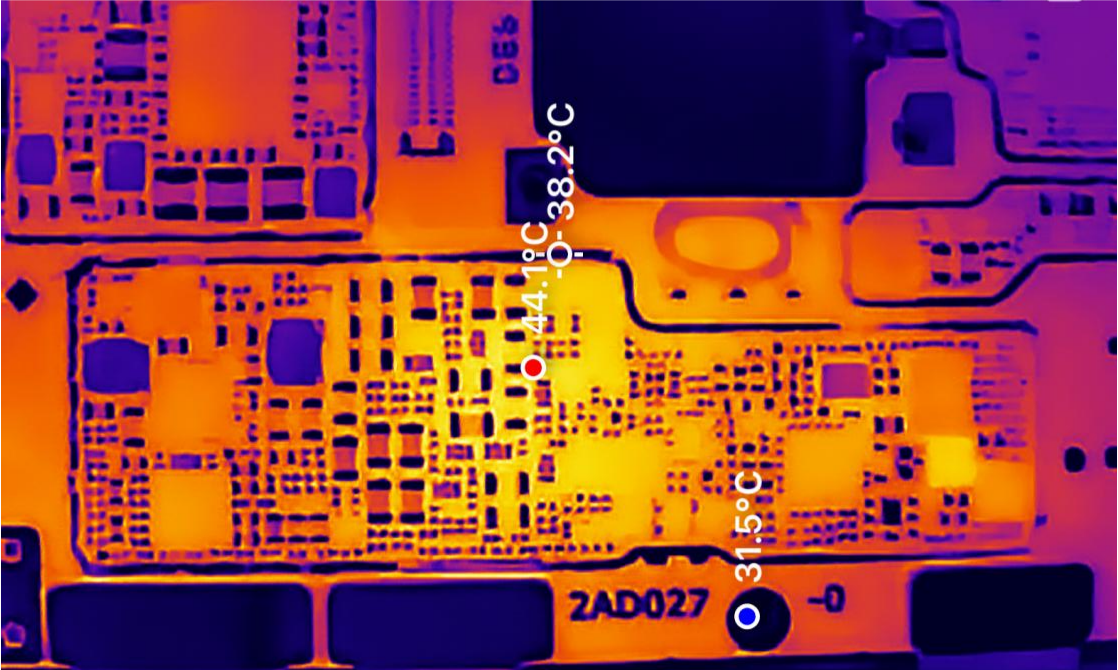

Hinterlasse einen Kommentar
Alle Kommentare werden vor der Veröffentlichung geprüft.
Diese Website ist durch hCaptcha geschützt und es gelten die allgemeinen Geschäftsbedingungen und Datenschutzbestimmungen von hCaptcha.